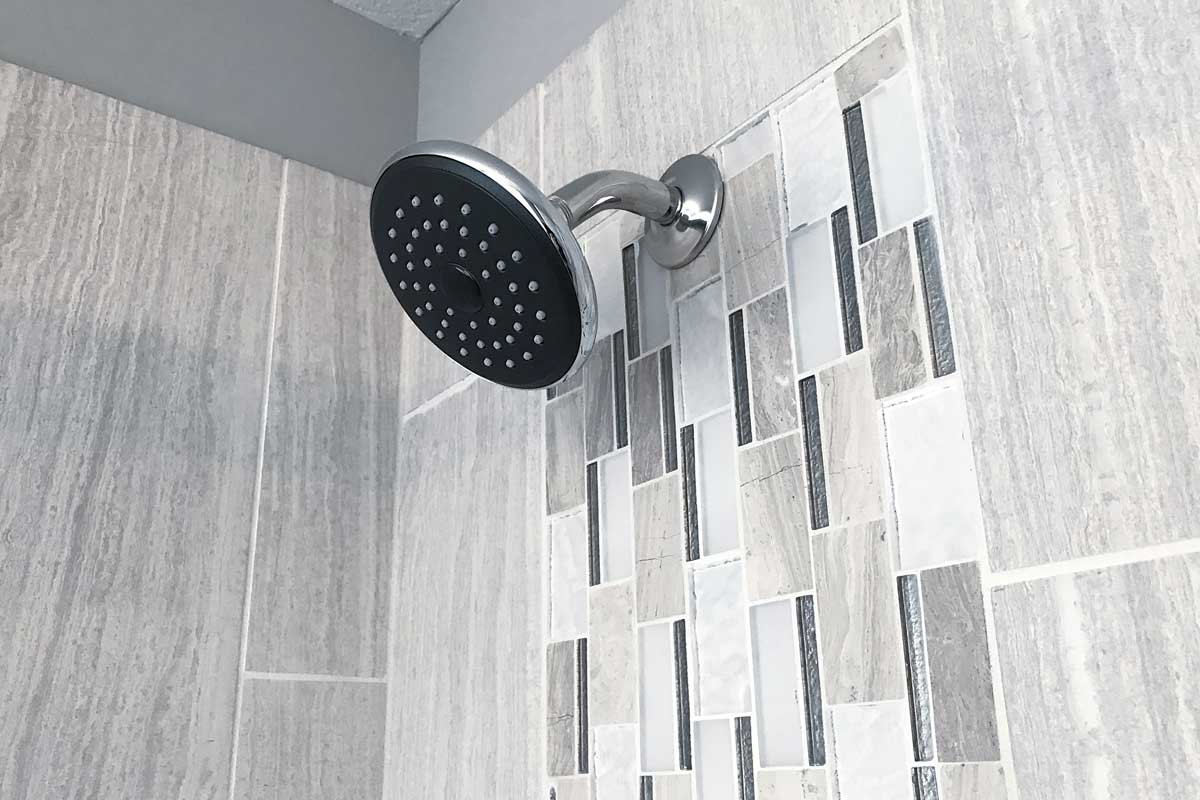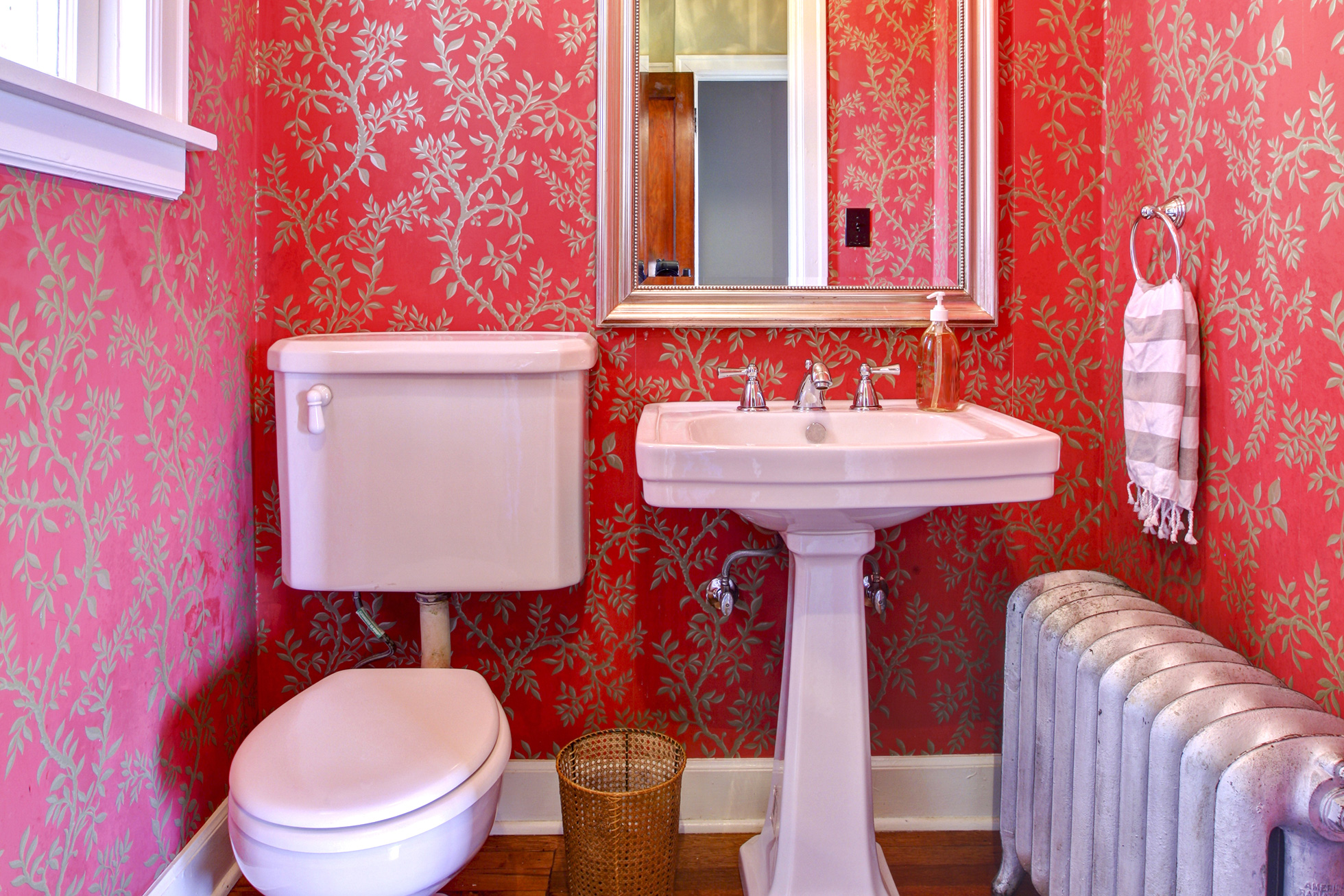Material Durability and Longevity

Best material for bathroom walls – The durability and longevity of bathroom wall materials are critical factors to consider when selecting the most suitable option for your space. Various factors influence these aspects, including moisture resistance, heat tolerance, and resistance to wear and tear. Understanding these factors and selecting materials that meet the specific conditions of your bathroom will ensure a lasting and functional space.
For those looking to enhance their bathroom walls, porcelain tiles are an ideal choice due to their durability and water resistance. However, if you’re seeking a more artistic touch for your living space, wall murals can transform any room into a captivating masterpiece.
While porcelain tiles remain a practical option for bathroom walls, the versatility of wall murals offers endless possibilities for creating a unique and visually stunning living room.
Moisture Resistance
Bathrooms are inherently humid environments, making moisture resistance a crucial factor in material selection. Materials like ceramic tile, glass tile, and natural stone are highly resistant to moisture penetration, preventing water damage and mold growth. These materials create a waterproof barrier, ensuring the longevity of your bathroom walls.
The best material for bathroom walls depends on the desired style and budget. Ceramic tiles are durable, waterproof, and easy to clean, while natural stone tiles offer a luxurious look. For a more contemporary touch, consider using glass tiles or irregular wall mirrors.
These mirrors can add depth and dimension to the space, reflecting light and creating the illusion of a larger room. Additionally, they can be customized to fit any size or shape, making them a versatile option for any bathroom design.
Heat Tolerance
Heat resistance is essential for bathroom wall materials, especially around heat sources like showers and sinks. Materials like porcelain tile, quartz, and solid surface materials can withstand high temperatures without cracking or warping. These materials are ideal for areas that experience frequent temperature fluctuations or direct heat exposure.
Wear and Tear Resistance
Bathroom walls are often subject to wear and tear from daily use. Materials like laminate, vinyl, and acrylic are highly resistant to scratches, dents, and fading. These materials maintain their appearance over time, even in high-traffic areas, making them a practical choice for busy bathrooms.
Aesthetics and Design Options: Best Material For Bathroom Walls
:max_bytes(150000):strip_icc()/best-bathroom-wall-surfaces-1821359-09-09ea8dcb40124743a9165099d906516b.jpg)
Bathroom wall materials offer a wide range of aesthetic possibilities to complement various design styles and create unique ambiances. From classic and timeless to modern and contemporary, the choice of material can significantly impact the overall look and feel of the space.
Colors and Patterns
Bathroom wall materials come in a vast array of colors and patterns, allowing homeowners to personalize their space and create a desired mood. Neutral hues like white, gray, and beige provide a clean and versatile backdrop, while bolder colors like blue, green, and red can add a touch of vibrancy and energy. Patterns, such as geometric designs, floral motifs, and natural textures, can add visual interest and create a focal point in the bathroom.
Textures
Textures play a crucial role in enhancing the visual appeal of bathroom walls. Smooth surfaces, such as glazed tiles or polished marble, reflect light and create a sleek and modern look. Textured surfaces, such as stone, textured tiles, or exposed brick, add depth and character to the space. Combining different textures can create a visually dynamic and inviting atmosphere.
Ambiance and Themes, Best material for bathroom walls
The choice of bathroom wall material can also evoke specific ambiances or themes. Natural materials like wood, stone, and bamboo create a warm and earthy feel, while metallic finishes, such as copper or brass, add a touch of glamour and sophistication. For a coastal-inspired bathroom, materials like white subway tiles, shiplap, or blue and white patterns can create a fresh and airy ambiance.
Installation and Maintenance

The ease of installation and maintenance varies depending on the chosen bathroom wall material. Some materials, such as tiles, require professional installation and specialized tools, while others, like wall panels, can be installed by DIY enthusiasts with basic tools.
Proper maintenance is crucial to ensure the longevity and appearance of bathroom wall materials. Regular cleaning with mild detergents and soft cloths helps remove dirt and grime. Some materials, such as natural stone, may require periodic sealing to protect against stains and moisture.
Installation
Tiles: Professional installation is recommended due to the need for precise cutting, grouting, and sealing. Requires specialized tools like tile cutters, trowels, and grout floats.
Wall Panels: DIY-friendly installation using basic tools like a utility knife, tape measure, and adhesive. Can be cut to size and attached to walls with adhesive or screws.
Natural Stone: Professional installation required due to the weight and complexity of cutting and shaping. Requires specialized tools like stone saws and grinders.
Maintenance
Tiles: Regular cleaning with mild detergents and a soft cloth. Grout lines may require periodic re-sealing to prevent moisture penetration.
Wall Panels: Wipe down with a damp cloth or use mild detergents for cleaning. Avoid abrasive cleaners or sponges that can scratch the surface.
Natural Stone: Clean with mild detergents and a soft cloth. Periodic sealing is essential to protect against stains and moisture. Avoid acidic cleaners that can damage the stone.